
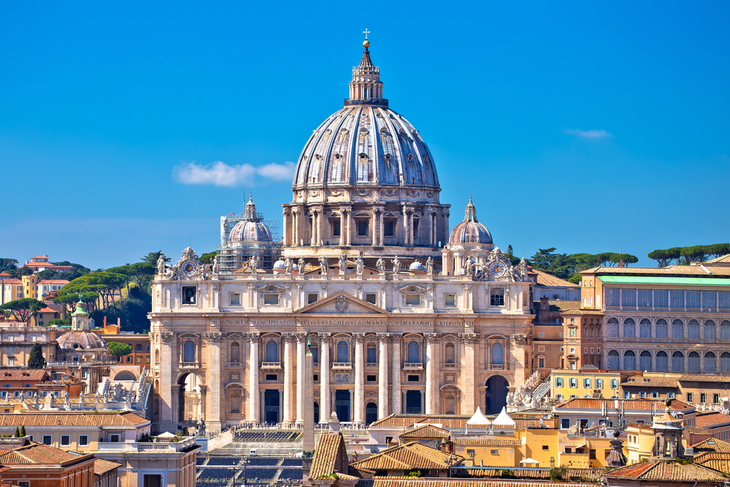
Nestled in the heart of Vatican City, St. Peter's Basilica stands as a testament to centuries of Christian heritage and artistic mastery. With its iconic dome dominating the skyline of Rome, this colossal church is not only the largest in the world but also a revered pilgrimage site for millions of Catholics worldwide.
The church was built between 1506 and 1626 to replace the original Old St. Peter's Basilica, which Constantine the Great commissioned in the fourth century. A monument of cultural and historical significance, St. Peter's Basilica is adorned with masterpieces such as Michelangelo's Pieta and Bernini's Baldacchino. Spanning an interior area of 15,160 square meters (163,181 square feet), the basilica can host approximately 60,000 standing visitors.

This majestic basilica, in Aparecida, Brazil, is the world's largest Marian shrine. It was built in 1955 and covers 18,000 square meters, with a capacity to accommodate up to 45,000 worshipers. The basilica's remarkable architecture has a central nave with space for 7,000 people and elaborate stained glass windows representing the lives of Jesus and the Virgin Mary.
At the center of the basilica is the venerated figure of Our Lady of Aparecida, which is said to have miraculous powers. Pilgrims visit the basilica all year, hoping to find comfort and grace from Brazil's patron saint. The basilica's significance extends beyond religious devotion, as it represents faith and unity for millions of people.
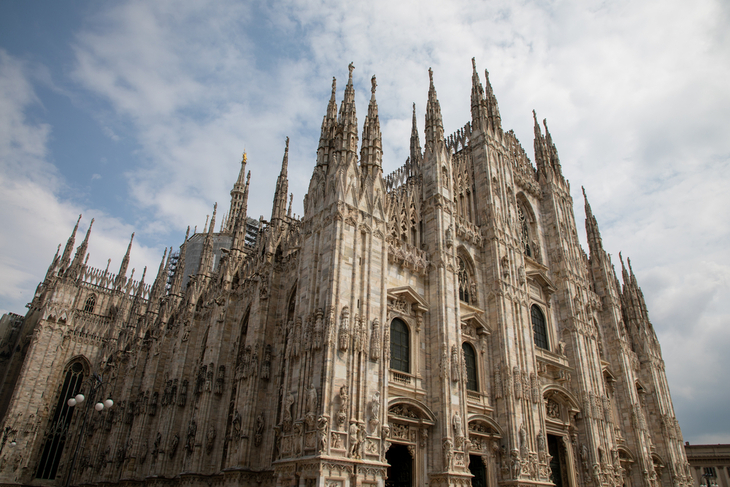
The Metropolitan Cathedral-Basilica of the Nativity of Saint Mary is the official name of the world's third-largest cathedral, although it is usually known simply as Milan Cathedral.
It has an internal area of 11,700 square meters (125,938 square feet) and can hold up to 40,000 people. The cathedral's construction began in 1386 and was completed over six centuries later, in 1965. Each year, thousands of tourists visit the church, which is known for its stunning stained glass windows, elaborate sculptures, and imposing spires. Furthermore, it houses Europe's second-largest pipe organ, adding to its renown as a cultural and architectural treasure.
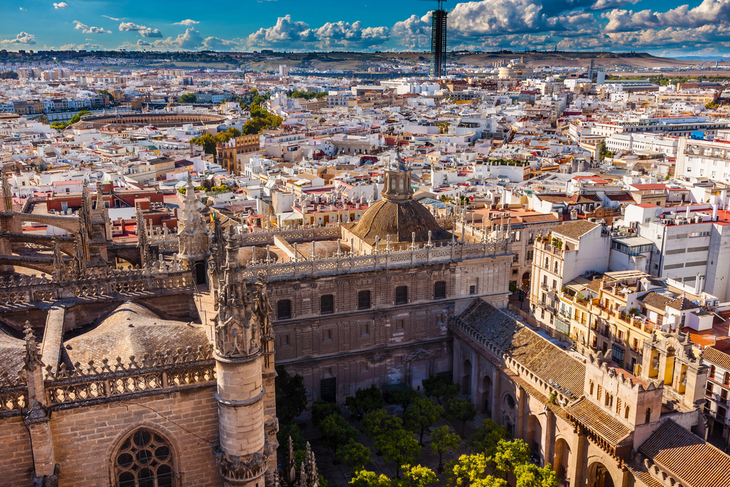
The cathedral is a UNESCO World Heritage Site in Spain and the fourth-largest church in the world. It's also the final burial site of the great Genoese explorer Christopher Columbus. The Seville Cathedral was built to celebrate the city's strength and prosperity. The cathedral was constructed between 1402 and 1528 on the site of the Almohad mosque to commemorate the city's power following the reconquest of Iberia from the Moors. The massive cathedral was designed by the French architect Rouen Cathedral.
The central nave of the Seville Cathedral is 42 meters (137.7 feet) high. The expansive interior is lavishly decorated with gold. One of the cathedral's main attractions is the 45 wooden carved scenes from Jesus Christ's life, which is the largest altarpiece in the world. The Seville Cathedral also features huge chapels and choruses. The Almohad mosque's minaret, La Giralda, still stands near the cathedral.
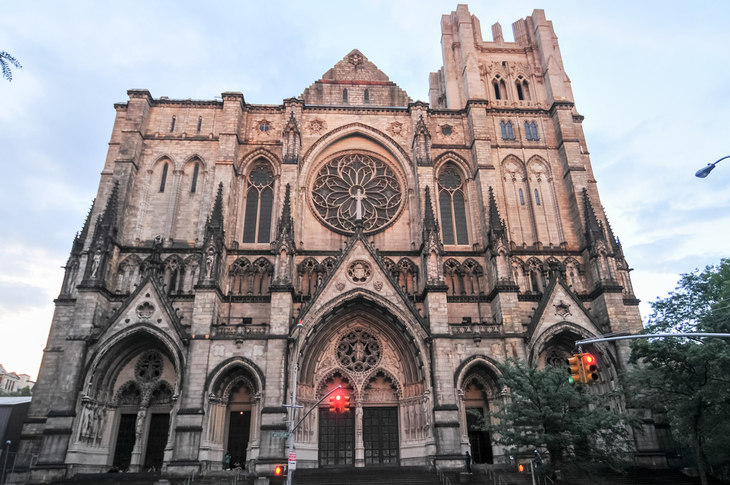
The Cathedral of Saint John the Divine, in New York City, is the world's largest Anglican cathedral. The massive cathedral has an internal area of 112,000 square meters (12,05,557 square feet) and a length of 183.2 meters (601.3 feet).
This magnificent structure began construction in 1892. The cathedral's choir and domed vault, originally designed by famed American architects George Heins and Christopher Grant Lafarge, took more than two decades to build. Following the death of George Heins, subsequent architects began to use Gothic designs, despite experiencing certain setbacks, including a hiatus during World War II.
Towering at 49.3 meters (162 feet), the dome crossing of Saint John The Divine commands attention. Adorning the cathedral's entrance is a depiction of Saint John's witness to the Transfiguration of Jesus Christ, alongside notable verses from the Bible etched in stone.
Related: These 9 Ancient Churches Are Almost As Old As Time
The cathedral's main door is made of bronze and features 48 relief panels, each intricately detailed. The church also features a stunning rose window with 10,000 pieces of colorful stained glass. This spectacular window ranks as the fifth largest globally and holds the distinction of being the largest in the United States.
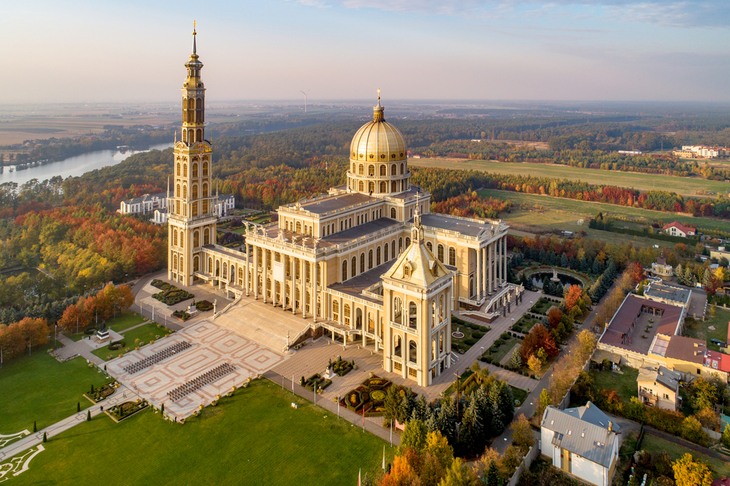
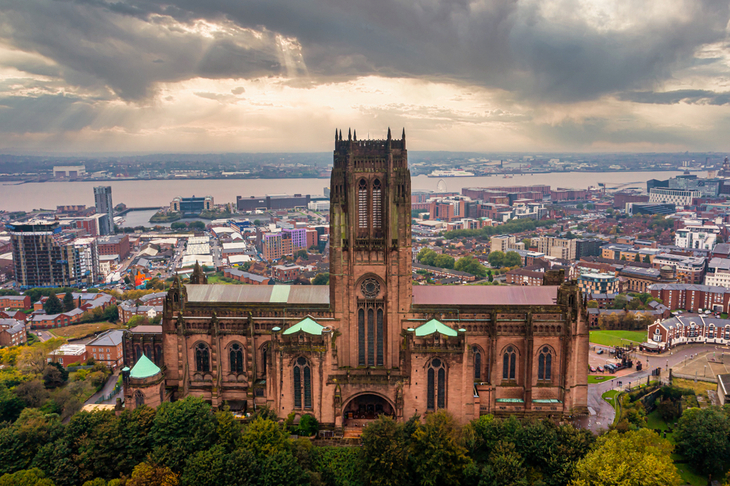
Liverpool Cathedral, one of the world's largest churches, is a well-known landmark in the English city that shares its name. It was constructed between 1904 and 1978. Giles Gilbert Scott, the winner of a 1901 architectural competition, developed the cathedral's Gothic style.
The church's interior is decorated with a variety of colors. The Grand Organ of Liverpool Church has an astounding 10,268 pipes, making it the largest working church organ in the world.
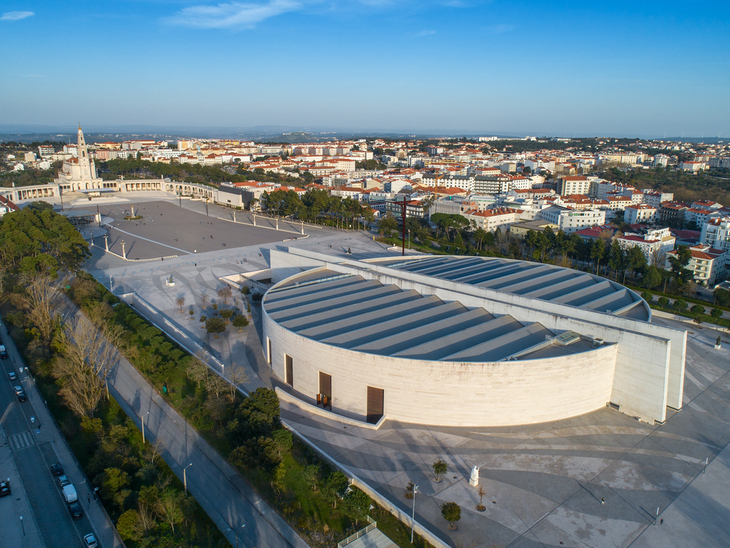
The Basilica of the Holy Trinity in Fatima, Portugal, is a remarkable church that was constructed between 2004-2007 to commemorate the apparition of the Virgin Mary to three shepherd children in 1917.
Related: The Inner Beauty of Italian Churches...
It's a massive structure that can accommodate up to 9,000 people and stands out architecturally with its modern and austere circular design. The church was awarded the Outstanding Structure Award by the International Association for Bridge and Structural Engineering in 2009 in recognition of its outstanding design. The area surrounding the church has been transformed into a pedestrian zone, which has made it a popular destination for Catholic pilgrims.